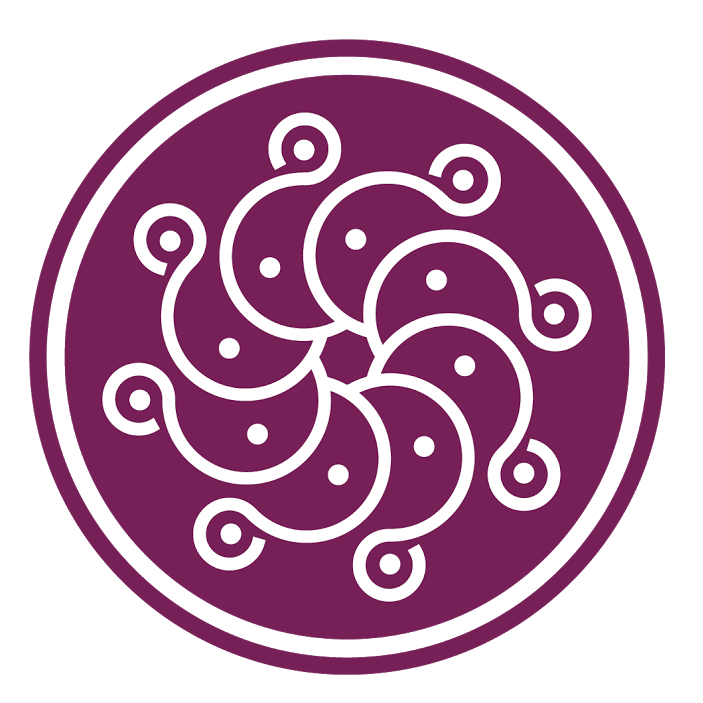 WATERTOWN, Mass.—The Armenian Museum of America recently announced that it is reopening for visitors on Friday, June 18. The Museum was closed over the past year to comply with state regulations during the pandemic and used the time to develop an extensive series of online programs highlighting its collection and to update exhibitions, most notably “Art, Culture, Eternity” in the Bedoukian Gallery.
WATERTOWN, Mass.—The Armenian Museum of America recently announced that it is reopening for visitors on Friday, June 18. The Museum was closed over the past year to comply with state regulations during the pandemic and used the time to develop an extensive series of online programs highlighting its collection and to update exhibitions, most notably “Art, Culture, Eternity” in the Bedoukian Gallery.
“On behalf of the Board of Trustees and Armenian Museum Team, we are thrilled the time has finally arrived that we can safely reopen our galleries to the community,” wrote Museum President Michele Kolligian in an email to members. “In anticipation of this long-awaited day, we have been working on updating exhibitions to present visitors with a meaningful and memorable cultural experience.”
The Museum implemented a number of safety measures including the installation of commercial grade HEPA Air Purifiers in the galleries, more frequent professional cleaning in the building, installation of a fully modernized elevator and onsite security in the galleries. Group tours and individual tours are not available during this initial reopening phase.
“We appreciate everyone’s patience during these challenging times and hope people enjoy their visit,” added Kolligian. “Our mission is more important now than ever, especially as we face ethnic cleansing and cultural erasure in Artsakh.”
During this initial phase, the Museum will be open Fridays through Sundays from 12:00 noon to 6:00 pm. Admission is free for members and children under 18, $15 for non-members and $5 for students and seniors.



Be the first to comment